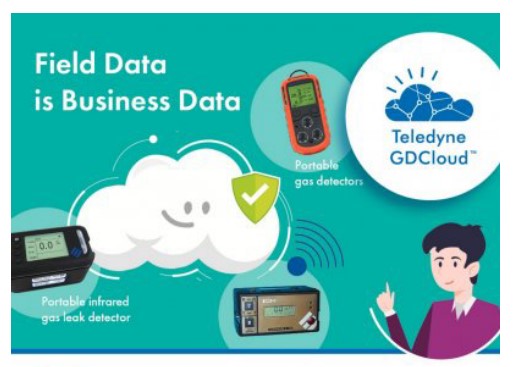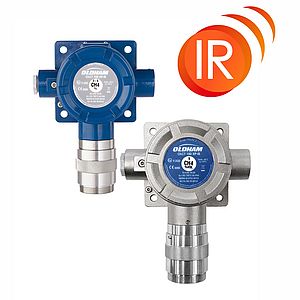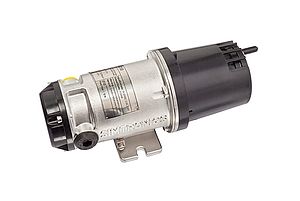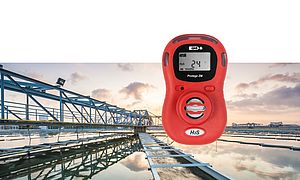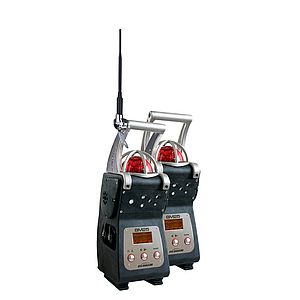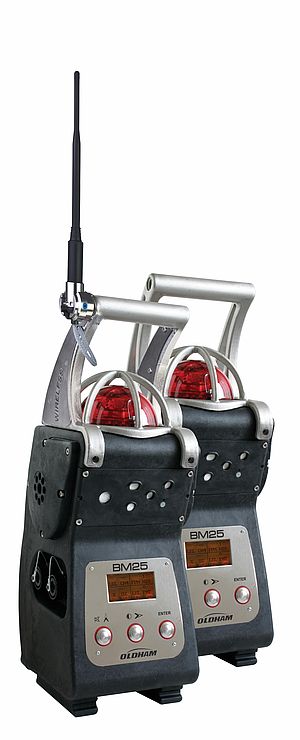Teledyne Gas & Flame Detection (Teledyne GFD) is making its new and proprietary Teledyne GDCloud™ available with the company’s GS700, GS500 and Shipsurveyor portable gas leak detectors, as well as its PS200 portable four-gas monitor for personal safety and confined space applications. The integration of cloud connectivity significantly enhances the gas leak detection process by visualising all instrument data and turning it into actionable business insights.
Teledyne GDCloud™ is a comprehensive cloud solution that elevates gas detection measurement by recording hazardous events, ensuring regulatory adherence, and streamlining safety programmes.
Advanced mapping
The ability to visualise detailed gas sensor readings from field sessions is among Teledyne GDCloud's most powerful capabilities. Users can trace the route taken by each technician during investigations by utilising its advanced location mapping functionality, enabling breadcrumb mapping to show the precise locations that correspond to all gas readings logged within the GS700 detector. When looking to pinpoint leaks, analyse hazards and document sources of emissions, this location intelligence is invaluable. Additionally, users can interact with dynamic charts and tabulated data displays to reveal further insights into field activity and events.
Alarm prioritisation
With powerful tools that track and analyse, Teledyne GDCloud™ can also support a cost-effective, efficient, condition-based fleet management programme. Functions include equipment status, fault reporting and remote diagnostics from Teledyne experts. Notably, the availability of alarm prioritisation ensures that ‘important and urgent’ data can be actioned before lower-level risks.
With its intuitive and customisable dashboard, Teledyne GDCloud™ provides total visibility into the operational and compliance status of all gas detectors within a user’s fleet. Configurable widgets facilitate the organisation of key information in accordance with user preferences, while colour-coded indicators immediately highlight significant field events. These indicators highlight instruments that require imminent calibration or functional bump testing to maintain instrument performance and guarantee the ongoing capture of accurate readings.


